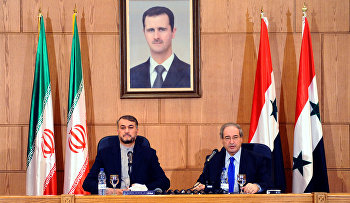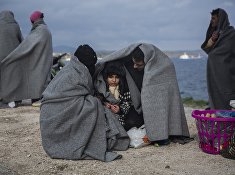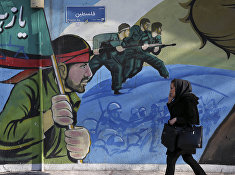Saudi Arabia could not take the risk of an open war of attrition in Syria, devoid of a strategic partner like Israel to secure necessary support and mitigate any possible US pressures. Israel knows that Syria’s stability, according to Russian-Iranian scenario, will guarantee equilibrium, whereby Israel’s security faces full forced up-dip axis of resistance. However, raising the stakes on the melting down of Syria is a pie in the sky that transcends the capabilities of the active warring alliance led by Washington. The alliance has to be creative enough to put a stop to the recovery and stability of Syria without being involved in catastrophic war, minimizing its military and intelligence works and utilizing proxies.
Israel has two options that need to be consolidated.
First, the Turkish Muslim Brotherhood option that promises cooperation to resume betting on the al-Nusra Front (Jabhat al-Nusra) on the frontline with Syria. This is meant to convince Hamas movement towards a sustainable settlement — under the term truce or ceasefire — to grant Gaza exactly what allows Israel to name it the final Palestine Statehood, without embarrassing Hamas to appear as if abandoning Palestinian rights, declaring the deal as a truce where resistance will stop for twenty five years.
The second is the Saudi option. The Saudis prioritize confrontation with Iran, viewing Syria and Lebanon as the battle field. They look for partnership with Israel, veiling this strategic alliance with a settlement game, pretending that the Palestinian case is on its way to a resolution through promising a Palestinian statehood on the west bank and Gaza strip. Let Gaza be the start, with a sort of civil administration in the west bank under condition that Hamas would not be allowed authority. Authority shall be a regional-international partnership, including representatives of the two ruling teams in Palestine, Hamas and Fatha to bestow legitimacy on the deal, opening the door to a sustainable resolution based on directionless negotiation that justifies the Gulf-Israeli alliance facing Iran.
The question that faces Europe now is how to stop the mess around the Syrian crisis, in a way that evades outcomes of war, especially terrorism and immigration. European crazes start to spread out from Spain to Austria, outreaching Britain and soon Germany, Italy and Greece will follow. The European concept of security is based on the idea that if the war reached a deadlock, and thus crippling the achievement of a total change, the war of attrition will damage Europe itself. Europeans call for acceleration of the formulation of a political resolution in Syria, justifying involvement in a natural relationship with the Syrian state and a need for a serious cooperation to solve the issues of immigrants and terrorism.
Here comes the overlap with the Russian and Iranian viewpoints. EU openly states that there is no hope without a central role of President Bashar al-Assad. Despite the plausibility of the Spanish and Austrian stances, all that cuts across the British administration by calling cooperation with the Syrian President, as a symbol of the Syrian state. Still Britain answered a practical question related to the political resolution mechanism, that remained idle in the absence of a united interpretation among Russia and the US of Genève Declaration 2012 on a transitional pha
Confused in this strategic vacuum, Washington is in the “wait and see” position. Months may elapse till the situation in Turkey, Saudi Arabia, Iran and Russia crystalize, and European worries would be embodied into clear options. Therefore, Washington could adopt the correct strategy, either to get involved in a political resolution according to the Spanish formula, proceeding from the British position. Or the Saudi-Israeli option will be the choice, even with under the table encouragement, support and coverage.
Policy makers may invent a third option. It would be based on being involved in both options: a political resolution with Syria and Assad, and a war of attrition with Saudi Arabia and Israel. The must-be-paid cost by the Syrian State is to decisively eliminate Al-Qaeda forces, either those who already exist, or the new comers. The situation is a double risk, as it threatens a regional war on the one hand, and on the other hand terrorism could increasingly expand while gaining power, as it feeds itself by bringing new members to the battle fields. According to the evaluation of French Security, number of active members of Al-Qaeda before the Syrian crisis was three hundred and now it is eight thousand, expecting the number to jump in five years to fifty thousand.






